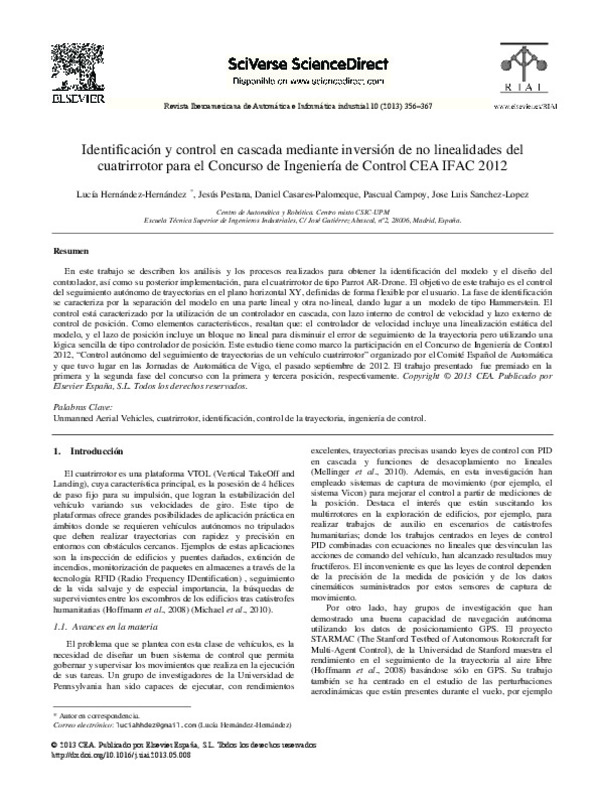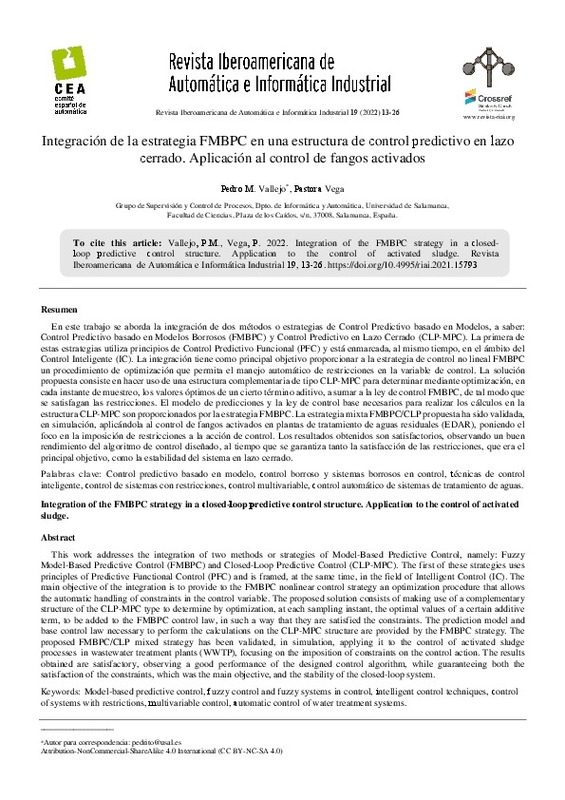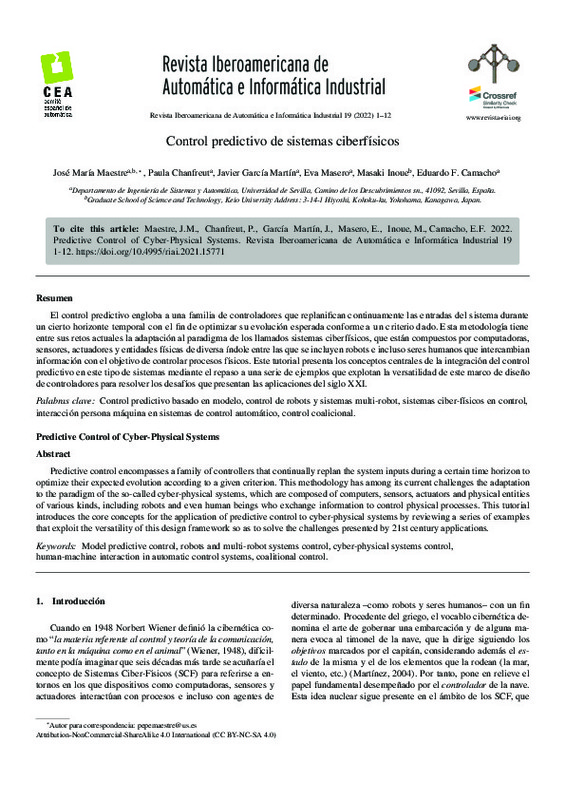JavaScript is disabled for your browser. Some features of this site may not work without it.
Buscar en RiuNet
Listar
Mi cuenta
Estadísticas
Ayuda RiuNet
Admin. UPV
Identificación y control en cascada mediante inversión de no linealidades del cuatrirrotor para el Concurso de Ingeniería de Control CEA IFAC 2012
Mostrar el registro completo del ítem
Hernández Hernández, L.; Pestana, J.; Casares Palomeque, D.; Campoy, P.; Sánchez López, JL. (2013). Identificación y control en cascada mediante inversión de no linealidades del cuatrirrotor para el Concurso de Ingeniería de Control CEA IFAC 2012. Revista Iberoamericana de Automática e Informática industrial. 10(3):356-367. https://doi.org/10.1016/j.riai.2013.05.008
Por favor, use este identificador para citar o enlazar este ítem: http://hdl.handle.net/10251/143961
Ficheros en el ítem
Metadatos del ítem
| Título: | Identificación y control en cascada mediante inversión de no linealidades del cuatrirrotor para el Concurso de Ingeniería de Control CEA IFAC 2012 | |
| Otro titulo: |
|
|
| Autor: | Hernández Hernández, Lucía Pestana, Jesús Casares Palomeque, Daniel Campoy, Pascual Sánchez López, José Luis | |
| Fecha difusión: |
|
|
| Resumen: |
[ES] En este trabajo se describen los análisis y los procesos realizados para obtener la identificación del modelo y el diseño del controlador, así como su posterior implementación, para el cuatrirrotor de tipo Parrot ...[+]
[EN] This paper describes and analyzes the processes carried out to obtain the model identification and the controller design, as well as its posterior implementation, for the quadrotor Parrot AR- Drone. The results are ...[+]
|
|
| Palabras clave: |
|
|
| Derechos de uso: | Reconocimiento - No comercial - Sin obra derivada (by-nc-nd) | |
| Fuente: |
|
|
| DOI: |
|
|
| Editorial: |
|
|
| Versión del editor: | https://doi.org/10.1016/j.riai.2013.05.008 | |
| Código del Proyecto: |
|
|
| Agradecimientos: |
|
|
| Tipo: |
|











